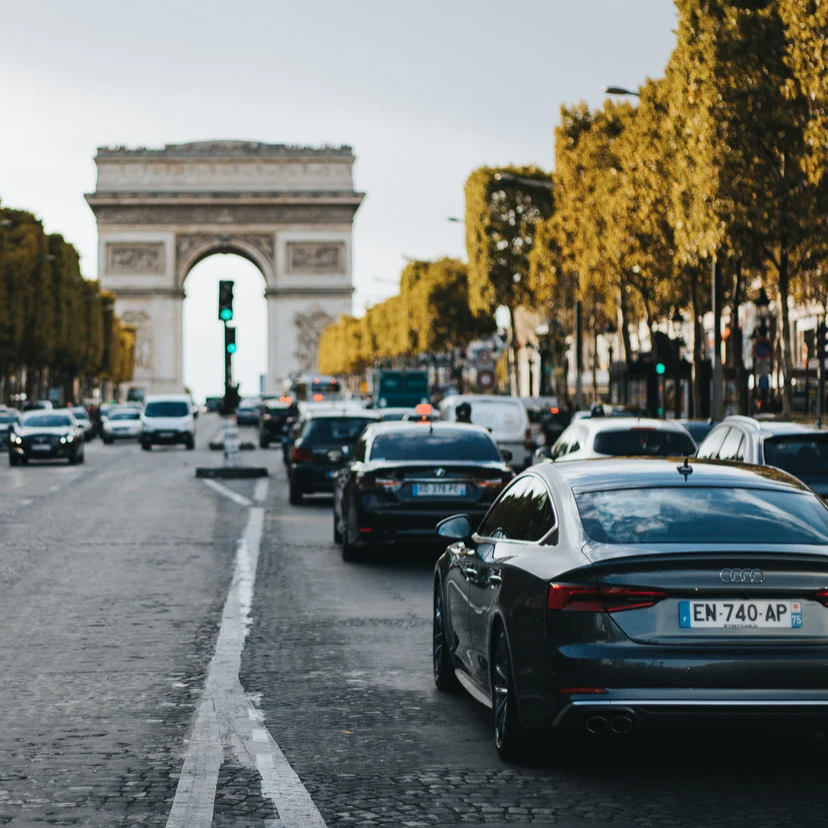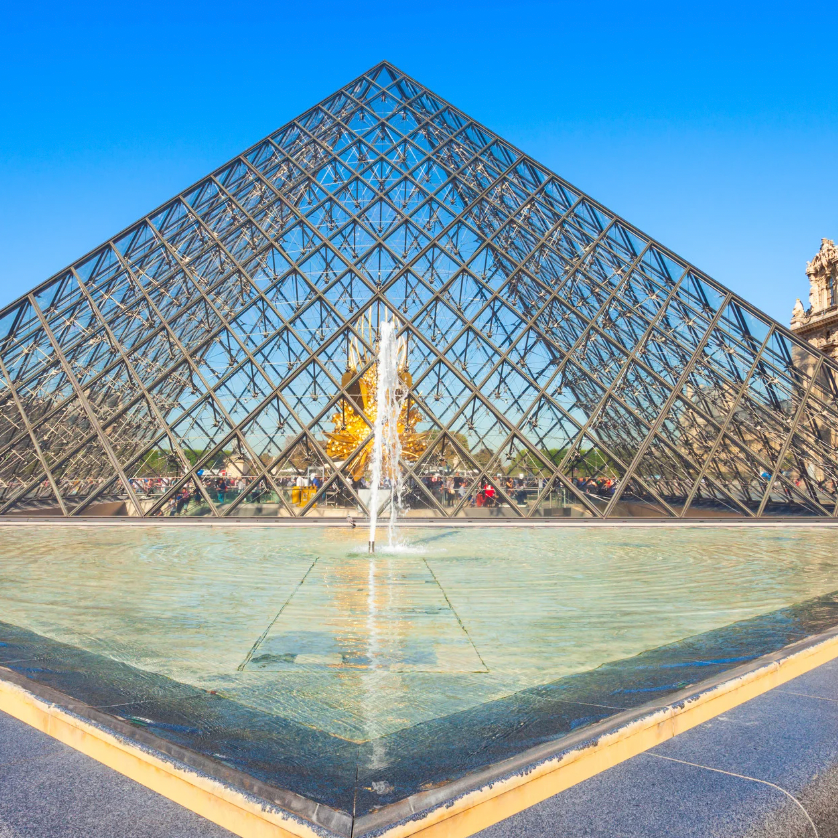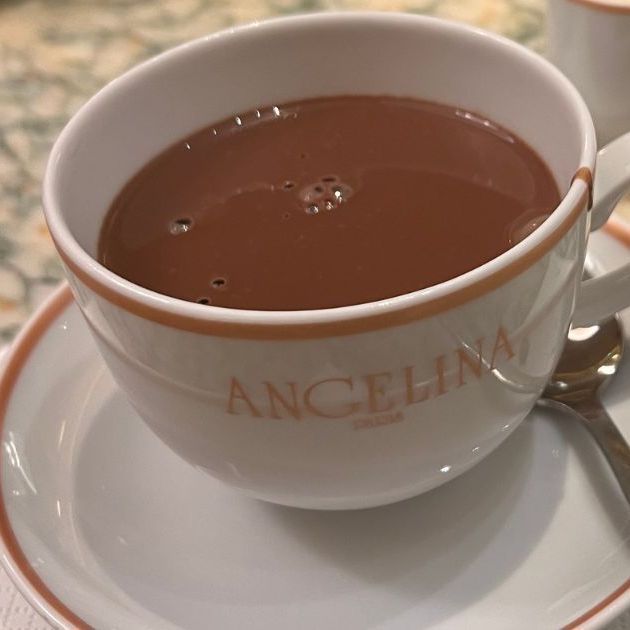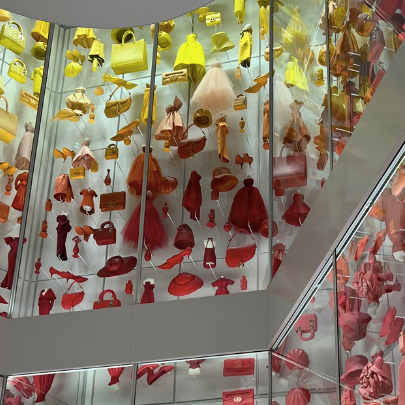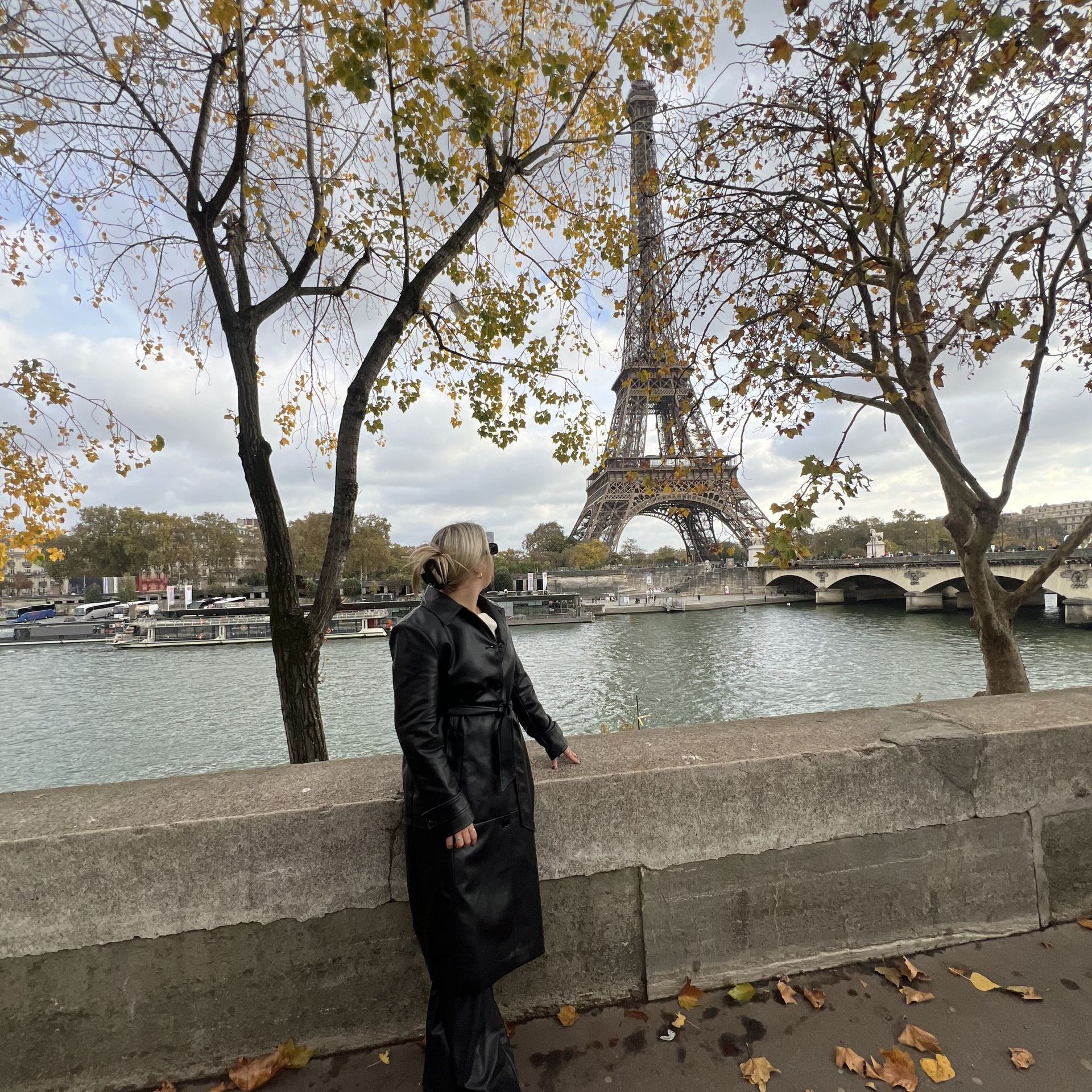the truth about visiting the louvre
Everything You Need to Know About Visiting the Louvre in Paris
Your Essential Guide to the Louvre: ticket info & more
If you tell almost anyone in the world that you're going to Paris, one of the next questions that you'll likely get is "Are you going to visit the Louvre"? This is because Louvre is one of the most famous museums in the world, peaking interest in travelers across multiple different continents because of its size and sheer historical significance. If you're planning on visiting the Louvre, it's time to read up on some tips so you know what to expect when it comes to trying to visit the Louvre and have the best time possible. Lucky for you, I visited the Louvre just a few months ago and would be happy to share my experience and everything I learned along the way with you!
WHAT IS THE LOUVRE?
The Lourve is currently the most visited museum in the world. Located in the 1st arrondissement in Paris and situated on the banks of the Seine River, this museum contains around 380,000 objects from prehistoric times to the 21st century. It is 652,300 square feet (60,600 square meters) and has multiple levels that can span about eight miles long if it was laid out flat from one end to another.
THE HISTORY OF THE LOUVRE
The Louvre Palace was first built in the late 12th century by King Philip II to protect Paris from attack. During that time the Kingdom of England held Normandy and he was worried that the city may get attacked from the northwest. Since then it has had multiple renovations while simultaneously turning the building into a residence for kings, then artists, and so on. It did not become a public museum until August 10, 1793, which was exactly one year after Louis XVI was imprisoned and the Louvre became national property. It was prepared so quickly because the National Assembly recognized how elaborate and significant the collection was, and they feared theft or vandalism if the museum was not preserved in a timely manner.
WHERE IS THE LOUVRE MUSEUM?
The Louvre is located on the right bank of the Seine (the Rive Droite) in the 1st arrondissement at 75001 Paris, France. It is adjacent to the famous Tuileries Garden. The Louvre museum itself is located inside the Louvre Palace. While there used to be multiple street entrances to the museum, there are now two main entrances. The most popular entrance is through the iconic Pyramid into the Hall Napoléon. There is also an entrance from the Palais Royal-Musée du Louvre metro station, which has direct underground access to the Carrousel du Louvre commercial mall. This entrance can also be found by locating the Pyramid outside the Louvre and walking directly across to the Le Carrousel de Louvre (this is a stairwell that leads underground). Just make sure if you take this stairway you have already purchased your tickets online and have them ready on your phone!
HOW MUCH IS ADMISSION IN THE LOUVRE?
General admission is €22.00, which is about $23. Visitors under the age of 18 year olds (or under 26 years old if they are residents of the EEA) receive free admission. There are also group rates directly on the Louvre's website. To buy your ticket for the Louvre, click here! If you're looking to go on a guided tour then you can click here for a skip-the-entrance-line guided tour and you can click here for a masterpieces tour with reserved access.
HOW MUCH TIME SHOULD I SPEND IN THE LOUVRE?
While you can easily spend multiple entire days wandering the Louvre and still not see every single thing, it's advised that visitors put aside atleast 3 to 4 hours to see the exhibits they find the most interesting. It's also important to factor in about an hour of waiting time. While there are some rare times that the museum isn't very busy, the Louvre Museum is one of the most famous museums in the world and it attracts approximately 30,000 visitors per day from across the globe-which means it can get SUPER busy!
WHAT EXHIBITS ARE AT THE LOUVRE?
While the majority of the Louvre Museum's exhibits are on permanent display, there are also multiple temporary exhibitions. These exhibits are organized into eight department, which include:
6 must-SEE THINGS TO VISIT IN THE LOUVRE
While there are countless phenomenal exhibits at the Louvre Museum, the most popular items that keep visitors coming back include:
MY EXPERIENCE & RECOMMENDATIONS AFTER VISITING THE LOUVRE
I visited the Louvre Museum for the first time this past November. After reading articles and watching some social media videos, my friends and I felt that we were ready to go, skip the lines, walk around, and see everything. We were wrong! Here are some tips I would give to anyone visiting the Louvre for the very first time, and what I'll be doing the next time I go:
Subscribe for More Insider Tips on france
Whether you’re planning your dream trip to Paris, trying to figure out how to get around the Louvre, or looking for insider tips to make the most of your travels, I'm here to guide you every step of the way. From detailed itineraries to advice from an experienced traveler, I’m passionate about helping you create unforgettable adventures. Don’t forget to subscribe for more travel inspiration, tips, and stories—and let’s explore the world together!
Related Posts
does paris
have uber?
Thinking about using Uber in Paris but not sure how it works? Learn everything you need to know, from availability and pricing to whether it’s the best option for getting around the city.
the truth about visiting
the louvre
The Louvre is one of the most iconic museums in the world, but is it really worth the visit? Discover insider tips on avoiding crowds, the best times to go, and whether it lives up to the hype.
your guide to the viral hot cocoa at angelina's
Angelina’s hot chocolate has taken social media by storm, but does it actually live up to the hype? Find out what makes this Parisian treat so famous, how to avoid long lines, and whether it’s worth adding to your itinerary.
8 skincare products to
bring back from france
France is home to some of the best skincare brands in the world, but which ones are worth bringing back? Check out this list of must-have French beauty products to add to your shopping list.
is butter a good souvenir from paris?
Bringing butter home from Paris might sound unusual, but it’s a beloved secret among food lovers. Find out why French butter is so special, how to transport it, and whether it’s worth the hassle.
is the dior museum actually worth it?
La Galerie Dior is a dream destination for fashion lovers, but is it worth the visit? Get all the details on ticket prices, wait times, and what to expect inside this iconic Parisian museum.
is it worth seeing the
paris opera house?
The Palais Garnier is one of Paris’ most breathtaking landmarks, but is it worth adding to your itinerary? Explore its stunning architecture, rich history, and whether it’s worth the price of admission.
everything you need to know about pink mamma
Pink Mamma is one of the most Instagram-famous Italian restaurants in Paris, but is it all just hype? Find out what to expect, from the food and drinks to the best photo spots inside this fine establishment.
what to do with 24 hours in paris
Do you only have one day in Paris? This guide will help you maximize your time with must-see sights like the Eiffel Tower, amazing food, and hidden gems you won’t want to miss, all within just 24 hours!


